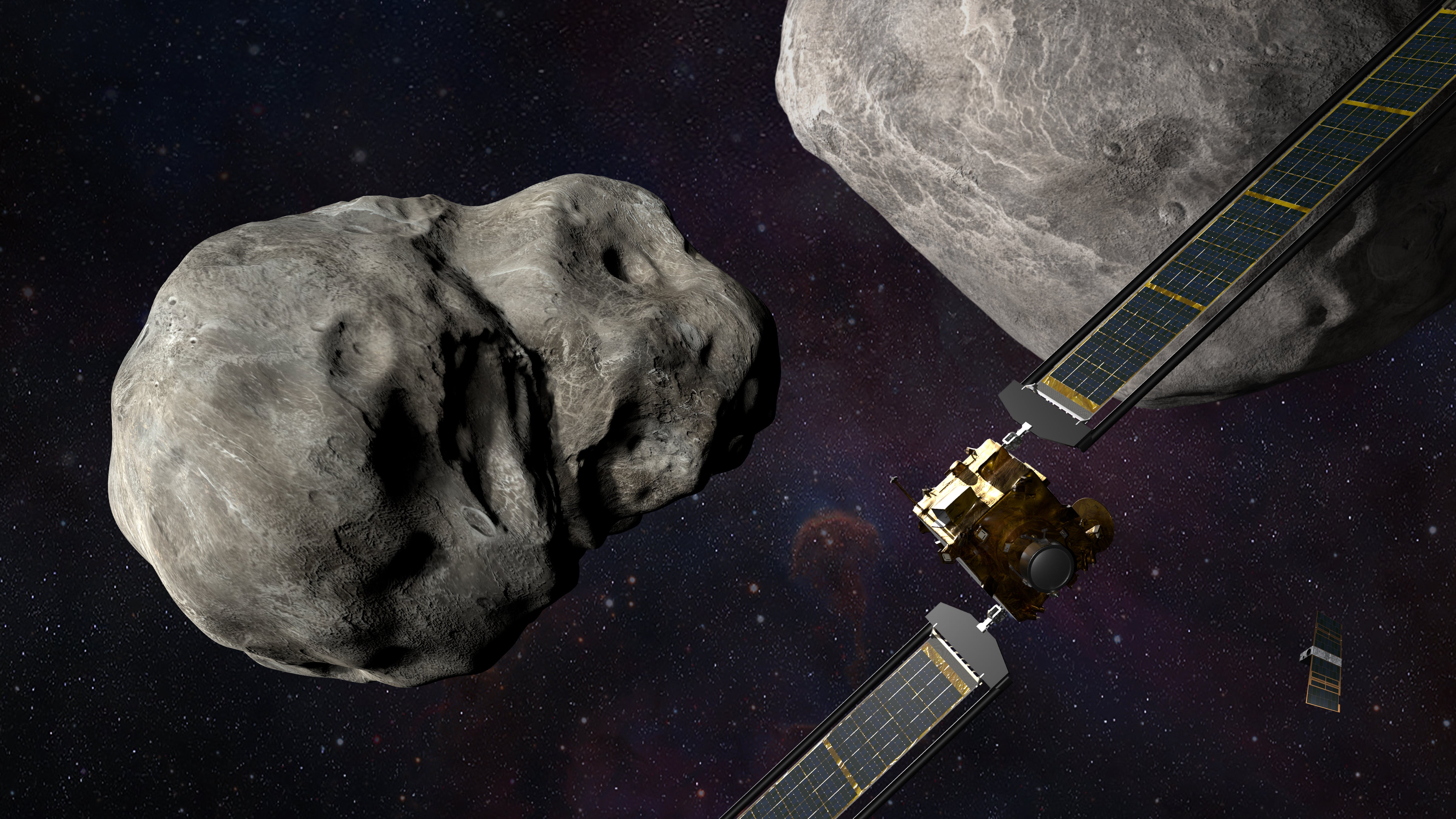DART mission: Google celebrates Nasa successfully crashing into asteroid with cheeky Easter egg

Google is celebrating a successful test of Nasa’s plan to save Earth from the apocalypse with a cheeky Easter egg.
Googling the name of the DART mission shows a spacecraft flying across the screen, and then colliding with a box on the side of the page. When that happens, the page is shown crooked.
The feature works when searching for the full name of the mission – “Double Asteroid Redirection Test” – as well as typing “DART” or “DART mission”.
It is a homage to the job of the actual DART spacecraft, which collided with an asteroid in a simulation of what might be necessary if an object was coming towards us from space.
Just as Google’s page is thrown out of its normal alignment, Nasa hopes that it can knock the asteroid Dimorphos onto a different path.
In the event of a real threat, Nasa would use the same techniques to move the hazardous asteroid off its collision course with Earth.
The successful arrival of the spacecraft at the asteroid on Monday evening marked the most dramatic point of the mission. The spacecraft had been flying for 10 months to meet its target – though how successful it was in moving the asteroid’s path may not be seen for years.
The new feature was highlighted in a tweet by Nasa’s associate administrator for the Science Mission Directorate at NASA Headquarters in Washington, Thomas Zurbruchen. He said that the success had shown how the world was able to unite against potential threats.
“Planetary Defense is a globally unifying effort that affects everyone living on Earth,” said Mr Zurbruchen said in a statement. “Now we know we can aim a spacecraft with the precision needed to impact even a small body in space.
“Just a small change in its speed is all we need to make a significant difference in the path an asteroid travels.”
Subscribe to Independent Premium to bookmark this article
Want to bookmark your favourite articles and stories to read or reference later? Start your Independent Premium subscription today.

Join our commenting forum
Join thought-provoking conversations, follow other Independent readers and see their replies